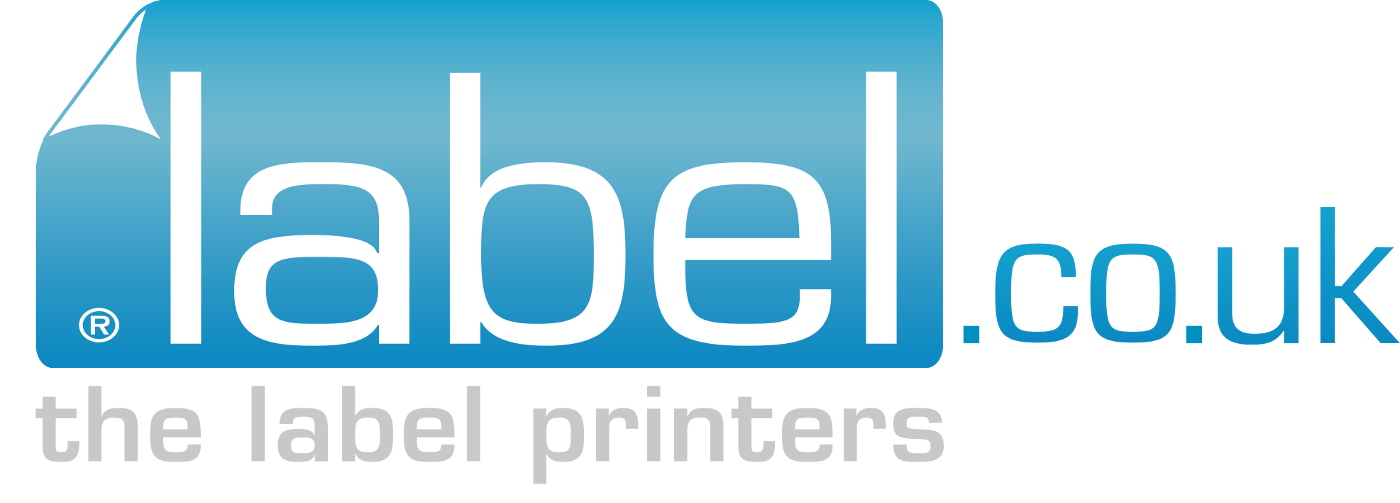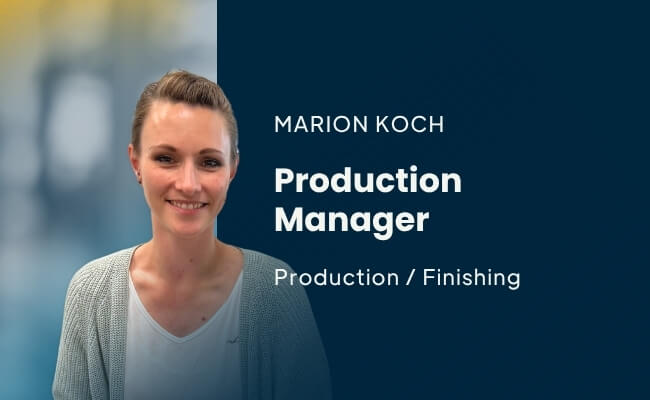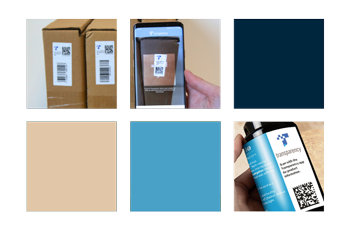This could be you…
Imagine you have spent months, perhaps even years of your life creating a product. You have painstakingly developed it, manufactured and tested countless prototypes. You’ve invested an immense amount of time, more energy and resources than you ever thought possible, all to bring your product as close to perfection as it can get.
Once you’re finally happy with your creation, you move on to the next stage: sales. As the small business owner you now are, you know that the easiest and most economically sound decision is to tap into the infinite possibilities of online shopping. So you create an online storefront, set up shop, plan and execute your marketing strategy. More months go by, months of hard work, and a steep learning curve. Later, after putting together all the new information you have gathered, it pays off. Your product soon begins to gain popularity.
The sense of newfound pride and accomplishment you have just started to get used to is suddenly smothered when an unexpected surge in bad reviews hits. Customers complain about cheap production quality, write about receiving flawed units, and your store fills with enough negative feedback to fulfil a small startup owner’s worst nightmare. This catches you completely off guard, especially since you have never received such complaints before. Being as hands-on with your project as any of your small, but trusted staff, you have always made sure that not a single unit ever leaves your warehouses unless it has passed a strict quality check.
What happened?
You answer the feedback and dig deeper. What you find out shocks you.
Someone has been counterfeiting your goods.

Forgery: A Threat on Multiple Fronts
A counterfeit —also called a fake or forged item—is “something that is made to look like the original of something else, usually for dishonest or illegal purposes.” While it might seem that only large businesses and luxury brands are targeted, the reality is quite different. Counterfeiting affects companies of all sizes—whether you’re a multinational or a small e-commerce brand, your products can fall victim to this crime. Forgery is a threat with deep and lasting consequences to businesses, the environment, and consumers alike.
In 2022 alone, more than 86 million counterfeit items were intercepted at EU borders, with an estimated retail value of over €2 billion. These fake goods aren’t limited to handbags or watches—they include toys (11%), electrical appliances (10%), and food and beverages (20%), posing risks not just to brands, but also to public health and safety. The European Union Intellectual Property Office (EUIPO) estimates that counterfeit goods cost the EU economy a staggering €83 billion annually, resulting in the loss of around 670,000 jobs.
The environmental impact is just as troubling. Counterfeit operations often bypass environmental regulations, using cheap, polluting materials and unsustainable production methods. Nearly 70% of these counterfeit goods arrive in small parcels, often ordered online, which generates a disproportionate carbon footprint—this makes the problem both widespread and hard to trace.
Counterfeiting is no longer a niche criminal activity—it is a well-organised global business, and its consequences are closer to home than many realise.
Countering Counterfeits – after the Fact
You sit in front of the screen, stunned, appalled by what you have just discovered. What now? Even when the damage is done, it is not beyond repair. Doing nothing will only make the problem escalate out of proportion and eventually put you out of business. Here are five steps you can take when you find that your products are being faked.
When the Damage is Done: 5 Actions to Take if Your Product is Being Counterfeited
 Document and Collect Evidence: Start gathering proof—save links, screenshots, customer complaints, and photos of counterfeit items. If you can, get a sample of the fake product. This helps support legal actions and reveals gaps in your current IP protection.
Document and Collect Evidence: Start gathering proof—save links, screenshots, customer complaints, and photos of counterfeit items. If you can, get a sample of the fake product. This helps support legal actions and reveals gaps in your current IP protection.
 Report Listings to Online Platforms: Most e-commerce sites offer tools to report counterfeit items. Use these tools on platforms like Amazon and eBay to have fake listings removed. Your goal is to stop counterfeit goods from reaching customers.
Report Listings to Online Platforms: Most e-commerce sites offer tools to report counterfeit items. Use these tools on platforms like Amazon and eBay to have fake listings removed. Your goal is to stop counterfeit goods from reaching customers.
 Alert Customs and Authorities: Filing a customs action can help prevent further importation of counterfeit versions of your products, helping you eradicate the problem close to the source. In the EU, this can be done through the IP Enforcement Portal managed by EUIPO.
Alert Customs and Authorities: Filing a customs action can help prevent further importation of counterfeit versions of your products, helping you eradicate the problem close to the source. In the EU, this can be done through the IP Enforcement Portal managed by EUIPO.
 Pursue Legal Action: Depending on the scale of the infringement, consider cease-and-desist letters, lawsuits, or criminal charges based on your situation. Legal routes can be costly and are most effective in countries with strong IP laws. Always work with legal counsel.
Pursue Legal Action: Depending on the scale of the infringement, consider cease-and-desist letters, lawsuits, or criminal charges based on your situation. Legal routes can be costly and are most effective in countries with strong IP laws. Always work with legal counsel.
 Communicate with Customers: Share public statements on your storefront and social media. Protect your reputation by educating customers on how to spot genuine products and explain how you’re addressing the issue. Plan ahead and consider an active promotional campaign to rebuild trust and popularity.
Communicate with Customers: Share public statements on your storefront and social media. Protect your reputation by educating customers on how to spot genuine products and explain how you’re addressing the issue. Plan ahead and consider an active promotional campaign to rebuild trust and popularity.
Preventing Counterfeits
Now that you have done your best to fix the damage, why not indulge in some what-ifs? After all, prevention is the best medicine. Let’s explore what you could have done to minimise your risk of finding yourself in an unfavourable situation in the first place.
How to Prevent Counterfeiting: 3 Proactive Strategies for Brand Protection
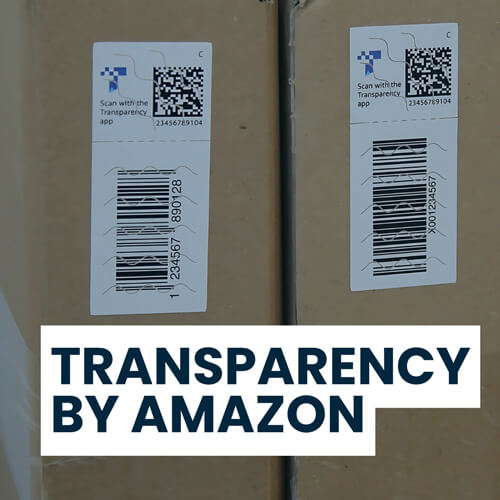
Register Your Intellectual Property in Key Markets: Register your trademarks, designs, and patents in every region where you do business. This gives you legal ground to act when fakes appear. Early registration gives you a solid legal footing and closes loopholes that counterfeiters exploit.
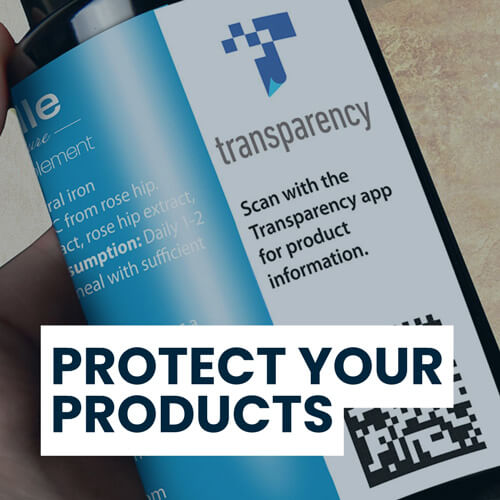
Design a Unique and Recognisable Brand Identity: Work with professionals to develop unique logos, packaging, and product designs. The more recognisable—and hard to replicate—your brand is, the harder it becomes for counterfeiters to succeed.

Use Secure, Tamper-Evident Packaging: Incorporate elements like holograms, QR codes, serialised barcodes, or tamper-proof seals to deter counterfeiters and let consumers verify authenticity. Serialisation services such as Transparency by Amazon are ideal to protect your brand and minimise the risk of your products being forged.
Tip: We can help you with the design! With our professional design service, we can not only breathe new life into your branding but also make sure your design is as unique as your product.
The Extra Layer of Protection: Transparency by Amazon
If you want to take your anti-counterfeiting efforts a step further, Transparency by Amazon offers a powerful solution. This serialisation program uses unique Datamatrix codes to verify the authenticity of individual units – before they even reach the delivery van. Whether items are fulfilled by Amazon or shipped directly by sellers, each Transparency-enabled code is scanned to block counterfeits from ever reaching the market.
As an official Transparency Service Provider (TSP) authorised by Amazon, we make the process simple and efficient. With our easy self-service tool, the Transparency Label Generator, fast turnaround times, and dedicated multilingual customer service, we help brands procure their Amazon Transparency label orders quickly and reliably.
Conclusion:
This article has shown that it is imperative for you to protect your brand and your products against counterfeiting. Not only will you personally benefit from taking proper action, but in doing so, you will also protect others. The more businesses – whether big or small – start preemptively taking measures, the harder it will be for criminals to continue their forgery. Thus, you will contribute to minimising the economic and ecological consequences of counterfeiting.
So what are you waiting for? Head over to the official Transparency by Amazon page to enrol in the program, get in touch with our team today, and find out how easy it is to get started.
Sources
European Commission – Intellectual Property Rights: Facts and Figures. European Commission, Directorate-General for Taxation and Customs Union. URL: https://taxation-customs.ec.europa.eu/customs-4/prohibitions-and-restrictions/counterfeit-piracy-and-other-ipr-violations/intellectual-property-rights-facts-and-figures_en
Novagraaf – EU publishes latest statistics on counterfeit goods seizures. Novagraaf Intellectual Property. URL: https://www.novagraaf.com/en/insights/eu-publishes-latest-statistics-counterfeit-goods-seizures
EUIPO – Anti-Counterfeiting Technology Guide: https://www.euipo.europa.eu/en/observatory/enforcement/tools/anti-counterfeiting-technology-guide
EUIPO – IP Enforcement Portal: https://euipo.europa.eu/en/online-services/enforcement/ip-enforcement-portal
Marks & Clerk – Brand Security in a Modern World: https://www.marks-clerk.com/insights/latest-insights/102jvsp-brand-security-in-a-modern-world-protecting-your-brand-essential-steps-every-business-should-take
CybelAngel – 11 Brand Protection Strategies CISOs Need to Implement: https://cybelangel.com/11-brand-protection-strategies-cisos-need-to-implement
